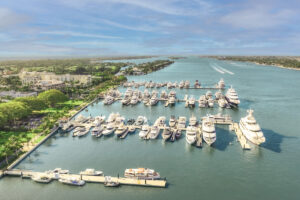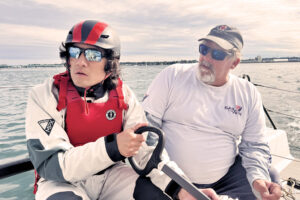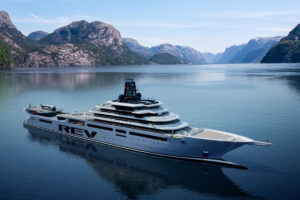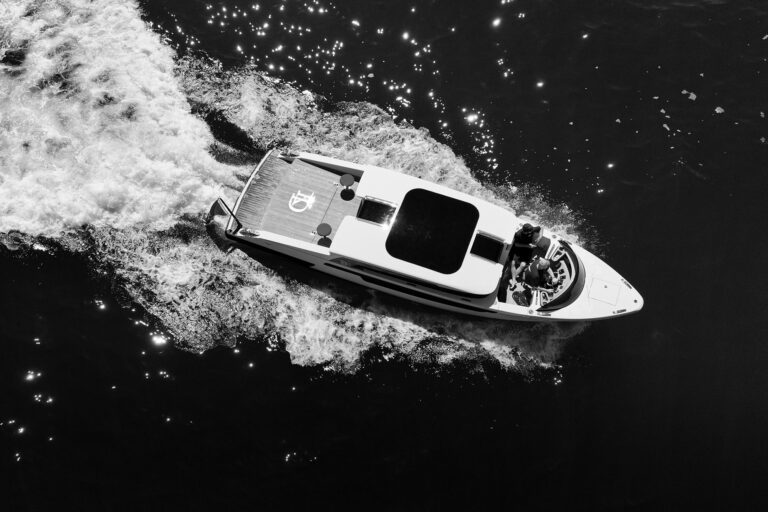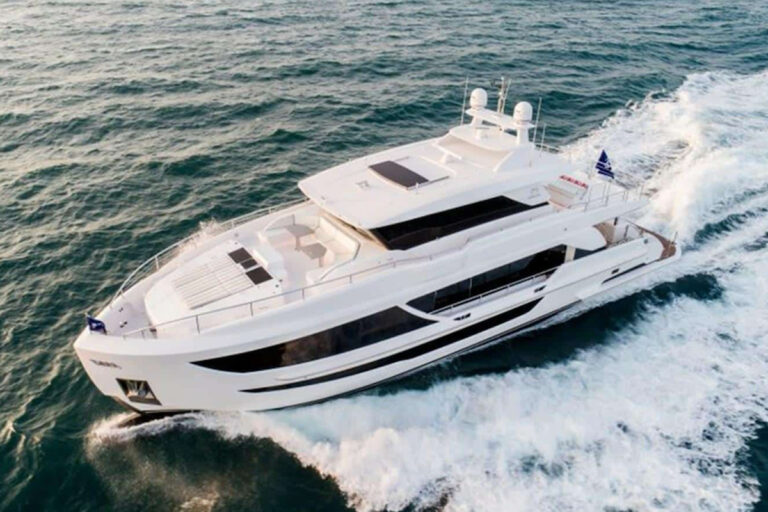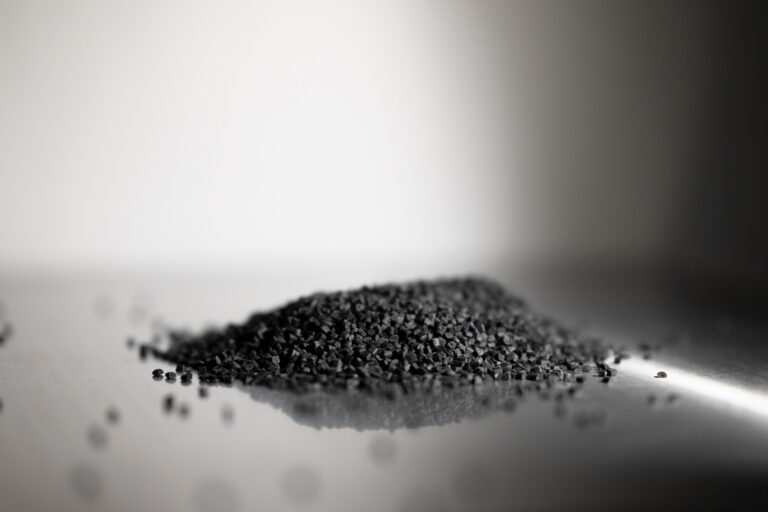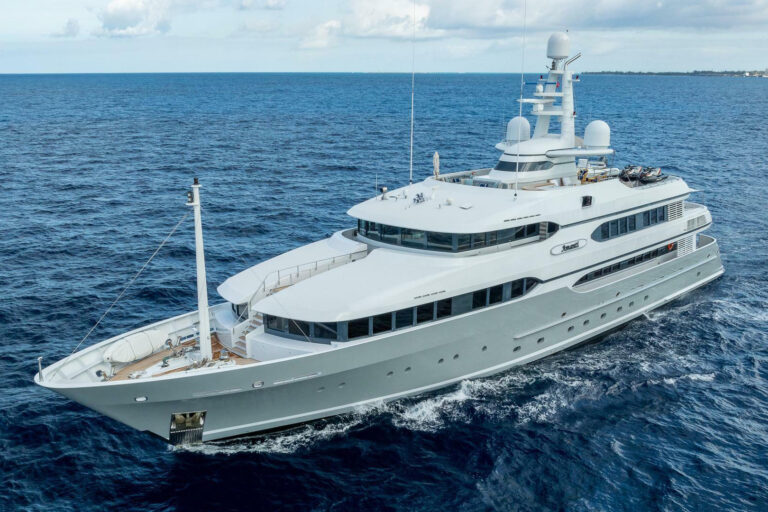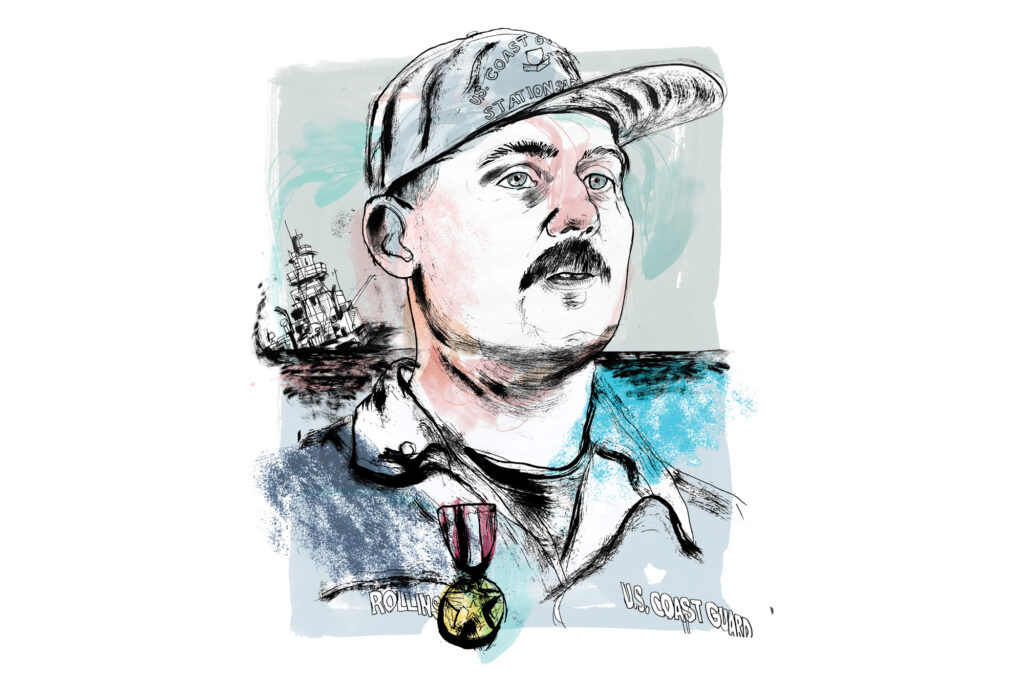
It was 5:30 in the morning, and Chad Rollins was on the treadmill. When the Search and Rescue alarm sounded, it surprised him. He’d only heard it once before at the US Coast Guard Station Sabine, in southeast Texas near the Louisiana border. He was a 25-year-old petty officer second class whose job was to fix diesel and gas engines on the boats, and handle maintenance and repairs. “I’m basically a mechanic,” he says, adding that when the SAR alarm goes off, everybody jumps. “We know it’s serious; we know somebody is in danger. Somebody needs the Coast Guard.”
Rollins ran to the communications room. “What do we got?” he asked a fellow petty officer.
“A capsized tugboat.”
“I didn’t ask any other questions,” Rollins says. “I ran off and put on my uniform. It was my job to go down and fire up the boat to get it ready and get it underway.”
There was so much fog hanging over the Sabine River that even from water level aboard the 45-foot boat, he and the two other Coast Guardsmen who headed out could only see about 20 feet ahead of their hull. They knew the 75-foot Sea Cypress tug had capsized only a mile away, based on the call for help, but they couldn’t get eyes on the vessel in distress. And they were well aware that time was critical because the call had come in over VHF radio channel 13, not the standard hailing channel 16.
“They were sinking, and they could only grab the radio that was near them, so that’s what they called the mayday on,” Rollins says. “That boat took on water fast.”
One Coast Guardsman drove, another manned the spotlight, and Rollins acted as lookout, just outside the skipper’s window. After about five minutes, he says, “I saw the faint flicker of a flashing strobe light.” It was Sea Cypress, with a nearby pilot boat and its crew trying to help.
It turns out a freighter had come through the river so fast, throwing a wake so big, it yanked the tugboat off the barge it was tied to. The tug swung sideways and went over as the freighter kept on going.
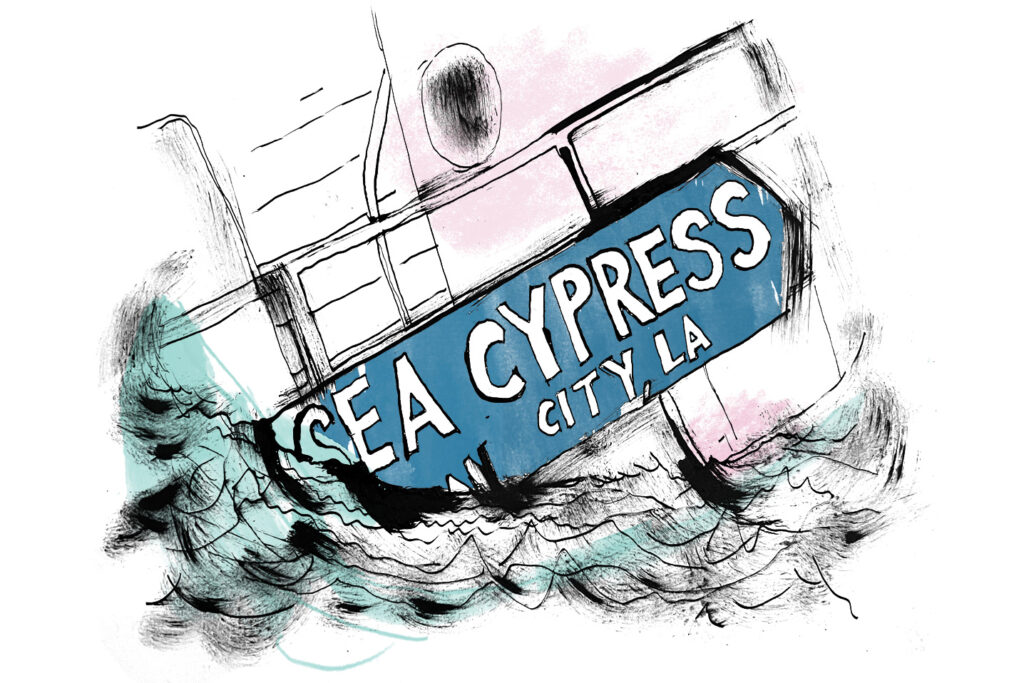
Rollins instructed the Guardsman at the helm to get as close as possible to the pilot boat. From there, Rollins hopscotched his way to the capsized tug.
The captain was trapped with another middle-aged man, a deckhand, in the dining area around amidships. “The only way that I was able to communicate with those men was through an 8-inch porthole. I could see their faces and talk to them, but 8 inches is not very big,” Rollins says. “They were standing inside the tug in chest-deep water. At that point in time, we didn’t know how fast it was moving. We knew it was rising.”
Rollins was also in waist-deep water on the outside of Sea Cypress, which was on its side almost 90 degrees. He could see panic in the captain’s face.
“He was saying, ‘Please get me out, get me out of here,’” Rollins recalls. “Panic only makes things worse.”
Rollins followed his training. He calmly asked the captain a simple question: What is your name?
“He told me his name,” Rollins says. “I asked who was in there with him. He gave me the other individual’s name. I said, ‘I’m petty officer Chad Rollins, and I’m going to get you out of there by any means necessary.’”
Little did they know how much he meant it.
The first attempt was to cut a hole in the steel hull. The barge that Sea Cypress had been pulled off had an oxyacetylene torch—about the size of a hammer and often used in welding, producing a flame of around 6,000 degrees Fahrenheit. Somebody had dragged it over and given it to the men trapped inside, but using it with the rising water all around was a struggle. They couldn’t get a good foothold near the porthole to use it effectively. They’d only been able to achieve about a 6-inch cut in the hull of Sea Cypress, barely enough to stick a fist through, let alone two whole bodies.
“I asked the guys inside to pass me the torch, and I attempted to cut, but I was sending sparks and smoke all over them,” Rollins says. “They were in an enclosed space, and the smoke was filling the space, so they couldn’t breathe. They yelled at me to stop.”
At this point, Rollins realized, nothing specific in his training was going to help. There is no manual of steps to follow for a situation like the one these trapped men were in; knowledge and experience were all anybody had to work with. So, Rollins thought like what he is: a mechanic. He looked around for other tools available in the moment.
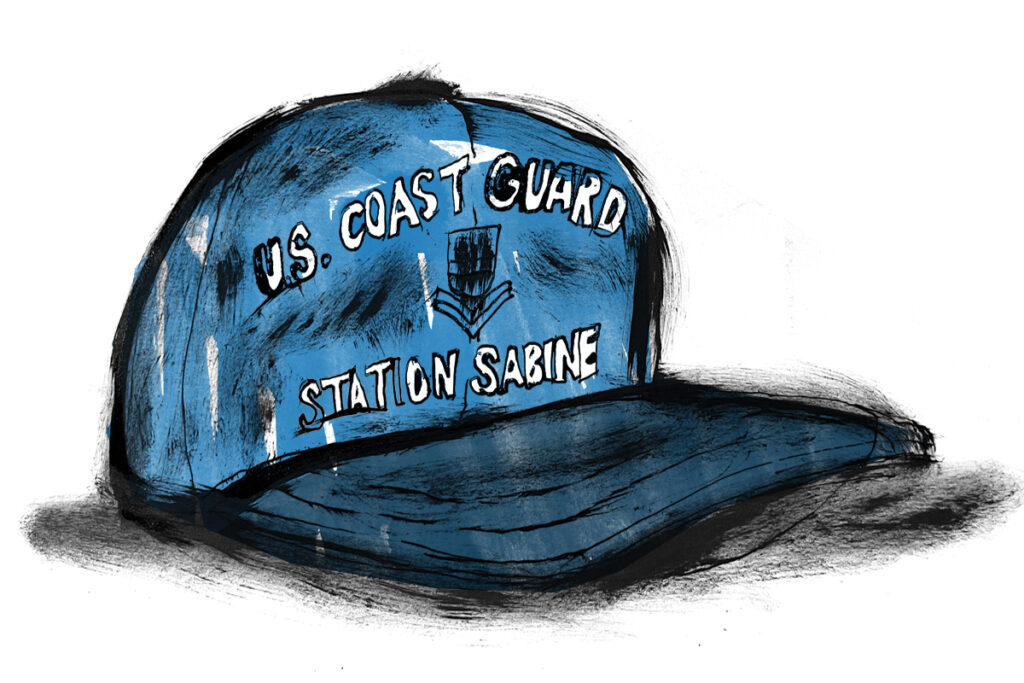
His first idea was to ask for a line from the pilot boat. He handed one end of the line through the porthole to the men. He told one of them: “Tie it around your waist. I’m going to hold you up while you cut.”
In effect, Rollins had just instructed the men to aim the oxyacetylene torch right at him. “I told him, ‘Try to go as long as you can without stopping because you’re going to be shooting that hot metal all over me. You’re going to be covering me with sparks.’”
For the next three to five minutes, Rollins used the weight of his body to hold the man up while he tried to cut a human-size hole in the hull from the inside.
“I was just getting blasted with metal,” Rollins says. “You know sparklers that kids play with on the Fourth of July? You ever been burnt by one? It’s like that, but times a thousand, raining down all over my body, my head, my neck. It was like a shower of sparks flying at me about 6 feet from the hull.”
But even that wasn’t enough. After making a cut only about a third of the way around, they had to stop. “It was still smoking up inside pretty good—he had to fan some of the smoke out,” Rollins says. “I told him he was doing a good job, and he was being brave, and he was calm, and I was proud of him, and then we continued cutting.”
The water kept rising, and the men inside still couldn’t reach high enough to cut all the way around and break free. The porthole was too close to the deck above them. They couldn’t get an angle on it to use the torch.
Rollins realized he needed a different tool.
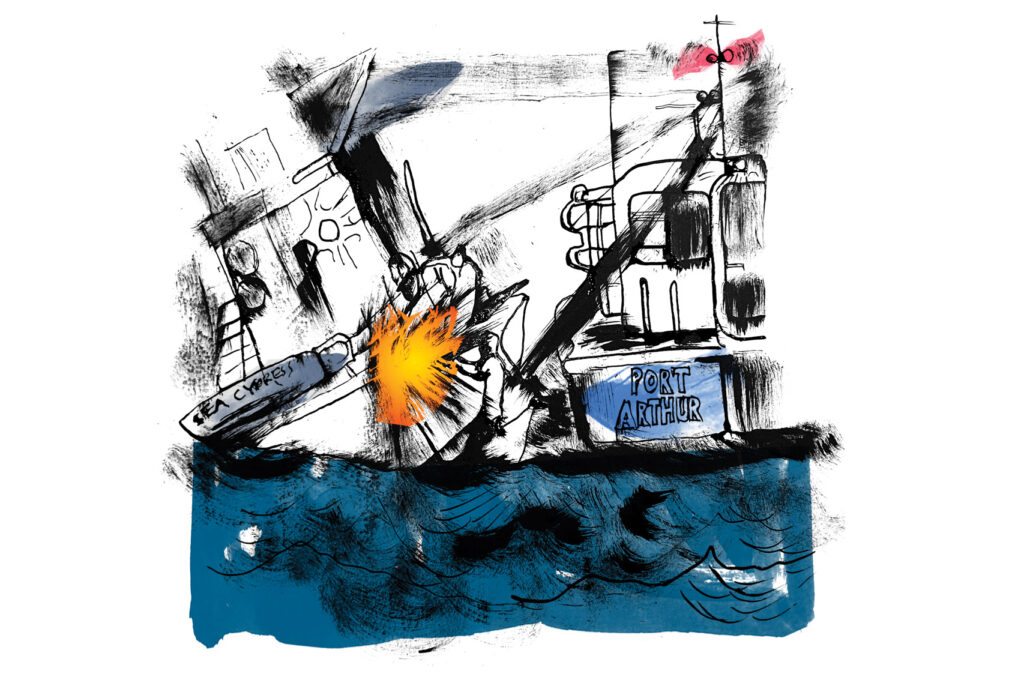
“I asked the pilot from the Sabine pilot boat if they had a fire ax,” Rollins says.
They did, and Rollins was soon swinging that ax—basically, a pickax—as hard as he could into the steel hull of Sea Cypress. He aimed for the areas the torch had already cut. “It was probably about 20 swings,” he says. “I wasn’t really making much headway.”
Yet again, he thought about the available tools. “I asked for a pry bar, which is a long piece of metal I could jam into that area and try to pry the area he had cut away from the hull a little bit,” Rollins says. “I got it bent out a little bit, but there was no way to get leverage on it.”
Next, he called out for adjustable wrenches. The pilot boat had the 6-inch variety. “I used them to bend the hole up, to make it big enough for them to get out of.”
Finally, Rollins had created a hole big enough to get the men through—but there was a new problem. The captain wanted the deckhand to be rescued first, but the deckhand, who was about 6-foot-5 and 270 pounds, had injured his foot. He couldn’t climb out on his own.
“I’m 6 feet tall and was about 220 pounds at the time, but I was a hardcore gym-goer. I was benching 350 at the time,” Rollins says. “I told him to hug me and don’t let go.”
Using his body weight as leverage, Rollins got the deckhand free. He then turned back to the captain, who was also struggling. The captain was about 6 feet tall and 250 pounds.
“I told him the same thing: ‘Grab hold of me,’” Rollins says. “I pulled him out as well.”
By that time, as if on cue, the fog had started to lift from the Sabine River. As everyone else looked on, the captain threw his arms around Rollins. “He gave me a big hug and told me I’d saved his life,” Rollins says. “I was fist pumping. They got out, and we were extremely happy. We all kind of sat down, just kind of exhausted.”
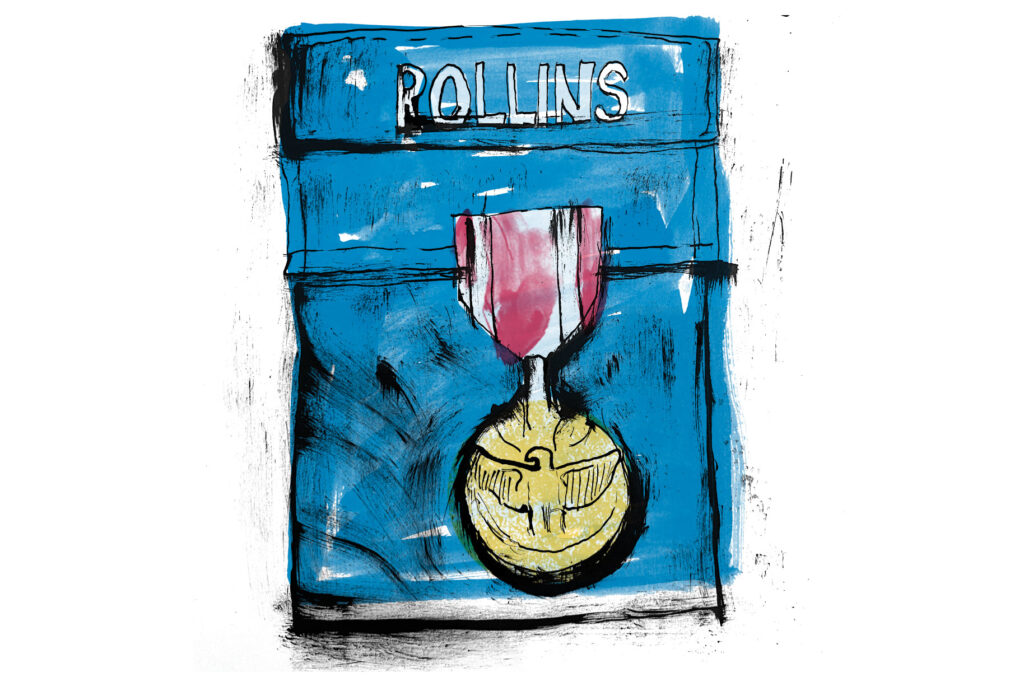
That was on March 31, 2023. About eight months later, this past December, Rollins got a call from his master chief. It was a Wednesday, and Rollins was off-duty, but the master chief asked him to head to the station for a meeting.
“I showed up, and there were some very important people there, command members,” Rollins says.
It took him a bit to realize they were there to present him with the Coast Guard’s Meritorious Service Medal, which “is awarded to those who truly go above and beyond,” said Master Chief Petty Officer Steven Beasley. “Petty Officer Rollins acted selflessly and embodied the motto ‘So others may live.’”
Today, Rollins is earning a bachelor’s degree in mechanical engineering. He hopes to move back home to Mississippi—where his mom is an EMT, and his stepdad is a fire chief—and ultimately work for Boeing or NASA. “I want to be a mechanical engineer on the SpaceX program,” he says.
Rollins’ wife, also an EMT, is making a shadow box to display his medal and the blue T-shirt he wore as he took the brunt of the flames. Their young daughter will grow up knowing it as the shirt with all the holes in it from the sparks, from the day her daddy was a hero.

